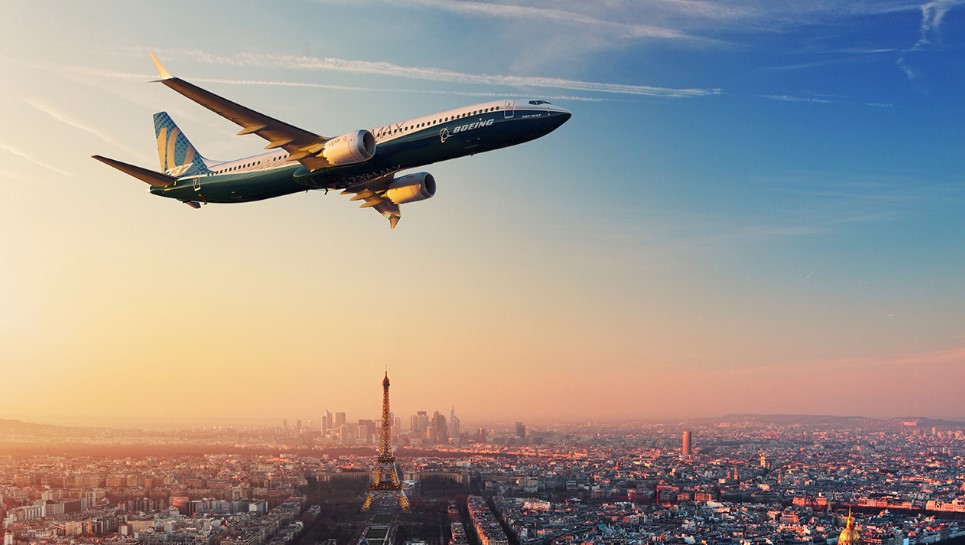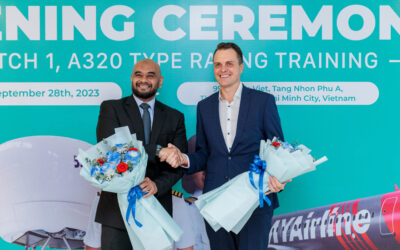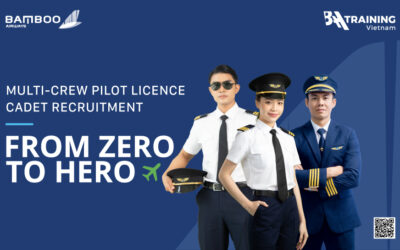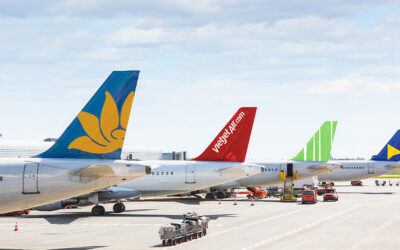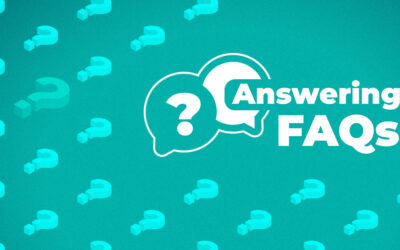When talking to future pilots someone asks which type of aircraft they are dreaming to operate, hundreds of them start laughing when saying: ‘If it’s not Boeing, I’m not going!’. Although some of them are only joking, the most stunning thing is that nearly a half of them begin their pilot career in the cockpits of the Boeing 737 family aircraft, indeed! Asking why?
What is so special about the Boeing 737 family?
First of all, did you know that a Boeing 737 takes off or lands every 5.5 seconds somewhere in the world. This stunning fact reveals that these Boeing aircraft are among the most popular planes utilized by air operators worldwide. In general, the Boeing 737, which first flew in 1967, is the best-selling commercial jetliner in history. Therefore, in 2012 it became the first-ever commercial jet aeroplane to surpass the 10,000 orders milestone when United Airlines ordered 100 737 MAX 9s and 50 Next Generation (NG) 737-900ERs (Extended Range). As of December 2013, the 737 has flown more than 119.0 billion miles; equivalent to approximately 640 round trips from the earth to the sun. It is difficult to imagine how the number has changed. Especially keeping in mind the growing rate for 737 aircraft production. For example, in January 2012 it increased from 31.5 to 35 per month, to 38 per month in 2013, to 42 per month in 2014, also, it reached the rates of 47 per month in 2017 and is expected to increase up to 52 per month in 2018. Therefore, let’s concentrate on the most perspective series of the Boeing 737 model: 737 NG and 737 MAX.
Boeing 737 family: 737 NG and MAX series driving the market
The Boeing 737 NG, the plane with the nickname of the first “square” aeroplane because of being as long as it is wide, is the third generation derivative of the 737 and follows the 737 Classic (−300/-400/-500) series. Produced since 1996 by Boeing Commercial Airplanes, the 737NG series includes four variants (−600/-700/-800/-900 series). No doubts, with 104 airlines operating these aircraft, the 737 NGs continue serving the market successfully. Nevertheless, Boeing has decided to begin a new era in its 737 history by turning the page to 737 MAX.
In order to compete with its European rival and offer the customers even more efficient planes, Boeing has taken a decision to modify its 737 NG aircraft. It designed the 737 MAX which incorporates the latest CFM International LEAP-1B engines, Advanced Technology winglets, Boeing Sky Interior, large flight deck displays and other features to deliver higher efficiency, reliability and passenger comfort in the single-aisle market.
Therefore, the first flight of the 737 MAX took place on 29th January 2016, nearly 49 years after the maiden flight of the 737, a 737-100, on 9th April 1967. The FAA certification was gained on 8th March 2017 and was approved by the EASA on 27th March the same year. The first delivery was handed over to Malindo Air on 16th May 2017. Norwegian Air International, in turn, was the second airline to put a 737 MAX into service, when it performed its first transatlantic flight with a MAX 8.
New tendencies in pilot training with the launch of the MAX series
While many might not notice much difference from the 737’s previous NG standard, apart from larger LEAP engines, dual-feather winglets and redesigned tail cone, together with new aircraft Boeing is introducing a new training methodology, making it a different story for pilots and maintainers. The company has started delivering a new crew training philosophy which is intended to enhance the experience both for those starting their airline careers and seasoned pilots transitioning from the legacy 737.
Today’s student pilots are used to learning in a group environment, rather than just following a self-paced classroom instruction model, so Boeing has adapted the way it will help carriers in preparing their personnel. The company has developed a new flight training device (FTD) to make preparation even more realistic and efficient. The MAX programme students will learn in the cockpit which will enable them to gain valuable early experience of sitting in both seats. This way the new FTD allows Boeing to move away from traditional classroom-based instruction model to one of “facilitated delivery”. Thus, the students are encouraged to take more control of their learning process while the trainer’s role becomes that of a facilitator and organiser providing resources and support to learners.
If you are an experienced pilot and are worried about an additional course of training to pass from the NG to MAX, there is no need to worry. For experienced pilots, the differences between the 737’s NG series and the MAX are minimal. You can convert to the new standard swiftly and easily, despite the addition of features including head-up displays. Boeing says differences training for an NG pilot will total only three to five days of classroom-based instruction.
In fact, Boeing has turned a completely new page in its history. With the MAX series it will attempt not only to maintain the leader‘s position in the single-aisle aircraft, but also to beat its existing records in deliveries as well as orders. The time will show what changes these developments will bring to the aviation industry.


